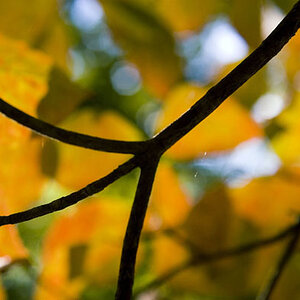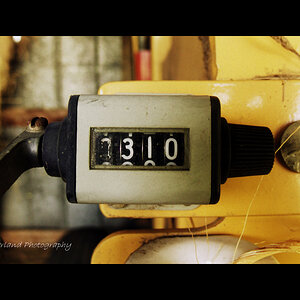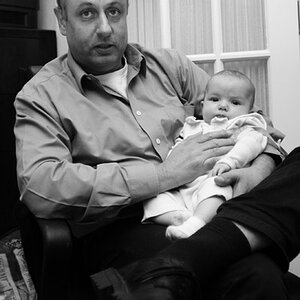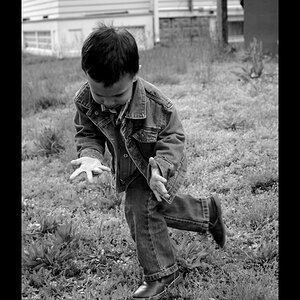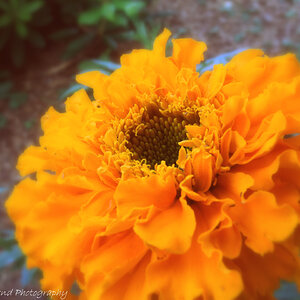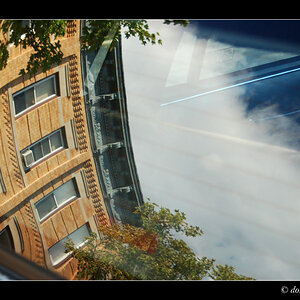Alpha
Troll Extraordinaire
- Joined
- Mar 15, 2005
- Messages
- 5,451
- Reaction score
- 41
- Location
- San Francisco
- Can others edit my Photos
- Photos NOT OK to edit
I'm just writing this in passing. Happened to be thinking about essential rules of the digital darkroom. So here are the indisputable laws of the digital darkroom.
1. Archival quality scans are done by drum scan, .tiff format, 1:1 size, at the film's native resolution.
2. There is no such thing as too many pixels. They are infinitely divisible.
3. Monitors must be calibrated.
4. Drums scanners > negative scanners > flatbed scanners.
5. .tiff > jpeg2000 > jpeg
6. Chemical printing > LightJet > Inkjet
7. Post-processing reduces quality.
8. Un-calibrated inkjet printers do not make good prints.
9. If an inkjet print is not dry when it comes out of the printer, then the printer is not calibrated correctly.
10. Scanners need calibration, too.
I'll add more as I think of them.
1. Archival quality scans are done by drum scan, .tiff format, 1:1 size, at the film's native resolution.
2. There is no such thing as too many pixels. They are infinitely divisible.
3. Monitors must be calibrated.
4. Drums scanners > negative scanners > flatbed scanners.
5. .tiff > jpeg2000 > jpeg
6. Chemical printing > LightJet > Inkjet
7. Post-processing reduces quality.
8. Un-calibrated inkjet printers do not make good prints.
9. If an inkjet print is not dry when it comes out of the printer, then the printer is not calibrated correctly.
10. Scanners need calibration, too.
I'll add more as I think of them.





